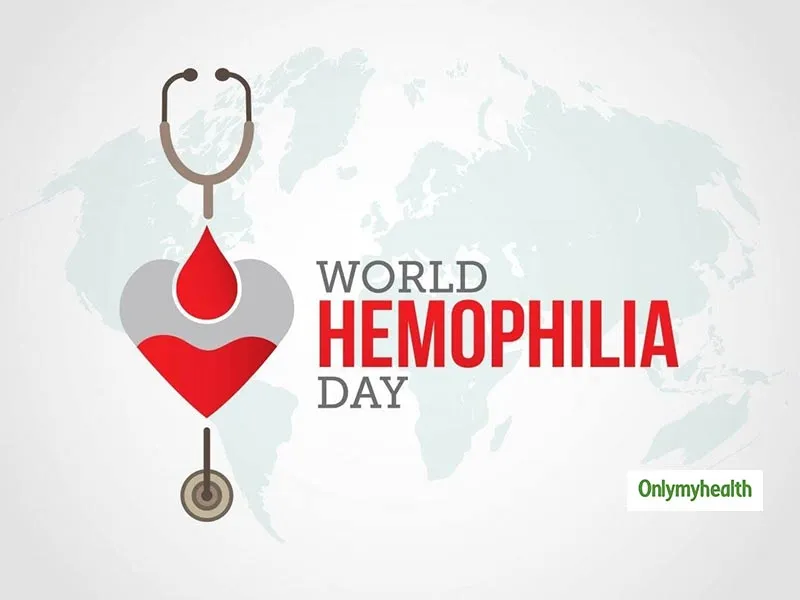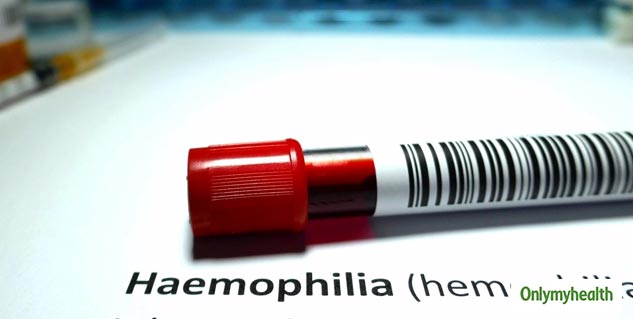
World Haemophilia Day, observed annually on April 17th, serves as a crucial platform to raise awareness about haemophilia and other bleeding disorders. This year, the global community unites under the powerful theme: "Access for All: Women and Girls Bleed Too." This focus underscores a long-neglected aspect of bleeding disorders, highlighting the urgent need for equitable diagnosis, treatment, and support for women and girls affected worldwide.
Table of Content:-
Shattering the Misconception: Women and Bleeding Disorders
Haemophilia, a genetic bleeding disorder primarily affecting males, is characterized by the deficiency of specific clotting factors in the blood. However, the misconception that it exclusively affects men has often left women and girls with bleeding disorders underdiagnosed and underserved. They can experience various bleeding symptoms, ranging from heavy menstrual bleeding (menorrhagia) and prolonged bleeding after childbirth to easy bruising, nosebleeds, and joint bleeds – significantly impacting their quality of life.

Also Read: Retro Walking: What Is It and Can It Benefit You and Your Health?
History of World Haemophilia Day
The history of World Haemophilia Day dates back to 1989, initiated by the World Federation of Hemophilia (WFH). The date, April 17th, was chosen to commemorate the birthday of Frank Schnabel, the founder of the WFH. Since its inception, the day has played a pivotal role in fostering global awareness, promoting research, and advocating for better care for individuals with bleeding disorders. Each year, a specific theme is chosen to address pressing issues within the haemophilia community.
2025 Theme: Shining a Light on Women and Girls
The 2025 theme, "Access for All: Women and Girls Bleed Too," is particularly significant. It aims to dismantle the prevailing misconception and bring to light the unique challenges faced by women and girls with bleeding disorders. Often misdiagnosed with other conditions or having their symptoms dismissed, they may face delays in receiving appropriate treatment, leading to chronic pain, disability, and psychological distress.

Also Read: Retro Walking: What Is It and Can It Benefit You and Your Health?
Unique Challenges Faced by Women
Women and girls with bleeding disorders often navigate a complex landscape of healthcare disparities. Their symptoms, particularly heavy menstrual bleeding, are sometimes normalized or attributed to other gynecological issues, delaying crucial diagnosis and treatment. Furthermore, the genetic inheritance patterns of bleeding disorders can manifest differently in females, leading to varying degrees of severity and requiring tailored management strategies.
A Call to Action: Ensuring Equitable Access to Care
This World Haemophilia Day serves as a call to action for healthcare professionals, policymakers, and the wider community to recognize that bleeding disorders are not gender-exclusive. Increased awareness will lead to earlier and more accurate diagnoses, ensuring timely access to comprehensive care, including factor replacement therapy, pain management, and psychosocial support. Furthermore, it emphasizes the importance of research specifically focused on the experiences and needs of women and girls with bleeding disorders.
Bottomline
By amplifying the voices of affected women and girls, World Haemophilia Day 2025 aims to break down stigma, challenge misconceptions, and advocate for equitable access to diagnosis, treatment, and support for all individuals living with bleeding disorders. It’s a crucial step towards ensuring that no one is left behind due to their gender. On April 17th, let us all stand in solidarity to champion "Access for All" and create a more inclusive and supportive world for women and girls who bleed too.
Also watch this video
How we keep this article up to date:
We work with experts and keep a close eye on the latest in health and wellness. Whenever there is a new research or helpful information, we update our articles with accurate and useful advice.
Current Version
